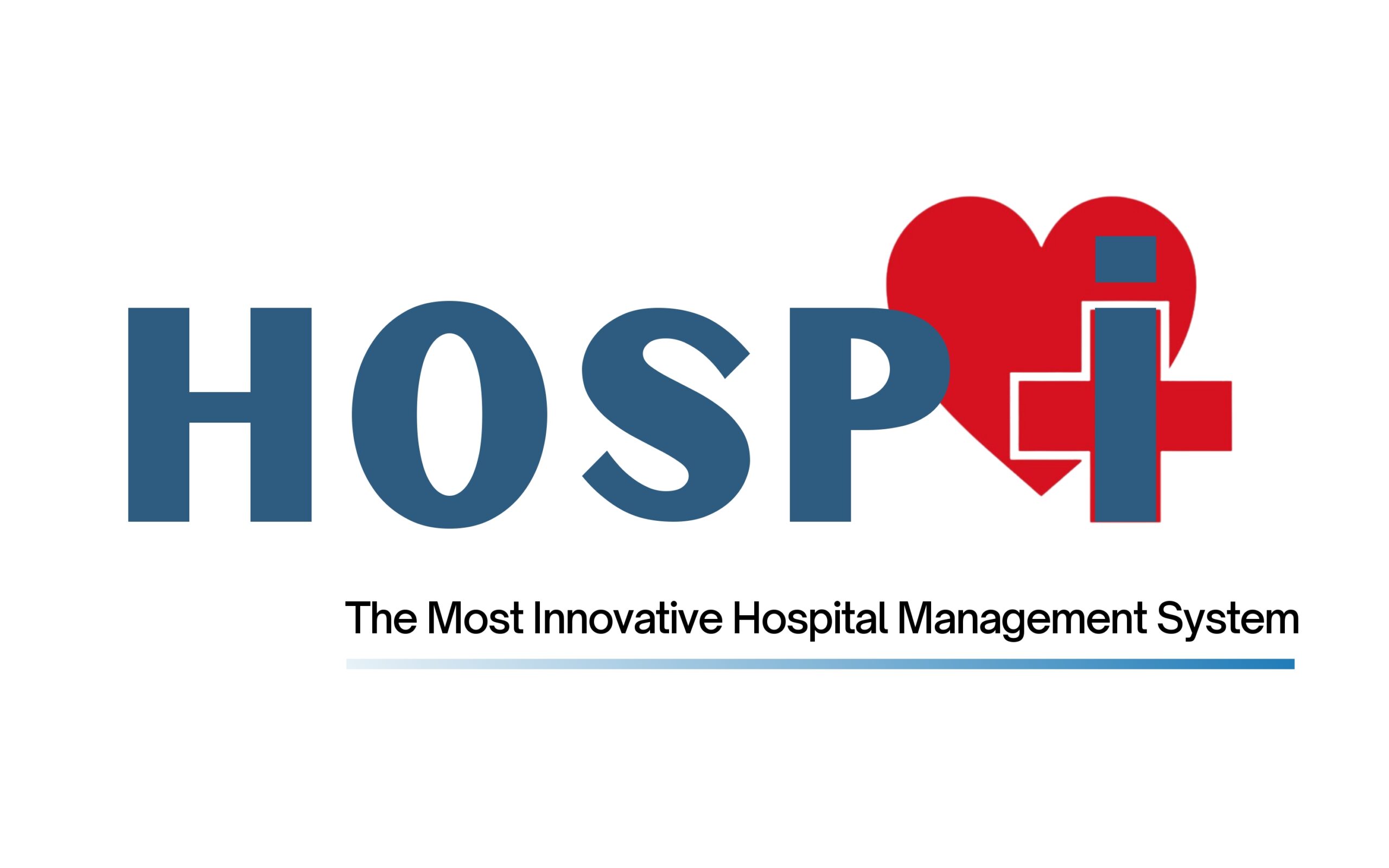The field of healthcare is continually evolving, driven by advancements in technology, research breakthroughs, and changing patient needs. Next-level healthcare represents a transformative approach that aims to revolutionize patient care and improve outcomes. From innovative technologies to patient-centric models, this article explores the exciting advancements shaping the future of healthcare and the potential they hold for a brighter and more effective healthcare system.
Table of Contents
- Introduction
- Artificial Intelligence and Data Analytics
- Telemedicine and Virtual Care
- Precision Medicine and Genomics
- Patient-Centric Care Models
- Robotics and Automation
- Enhanced Access to Healthcare
- Conclusion
- FAQs
1. Introduction
Next-level healthcare signifies a paradigm shift in the delivery of healthcare services, with a focus on leveraging advancements in technology, personalized medicine, and patient-centered approaches. These innovations aim to enhance efficiency, quality, and accessibility, ultimately improving patient outcomes and experiences.
2. Artificial Intelligence and Data Analytics
Artificial Intelligence (AI) and data analytics are transforming healthcare by augmenting clinical decision-making, improving diagnostic accuracy, and enabling personalized treatment plans. Machine learning algorithms can analyze vast amounts of patient data to identify patterns, predict disease progression, and optimize treatment strategies. AI-powered tools assist healthcare providers in making more informed decisions, resulting in improved patient care and outcomes.
3. Telemedicine and Virtual Care
Telemedicine and virtual care have gained significant prominence, especially in recent years. These technologies enable remote consultations, virtual monitoring, and real-time communication between patients and healthcare professionals. Telemedicine enhances access to healthcare services, particularly in remote areas, and improves convenience for patients who can receive care from the comfort of their homes. It also reduces unnecessary hospital visits, optimizing healthcare resource allocation.
4. Precision Medicine and Genomics
Precision medicine utilizes genomic information, biomarkers, and individual patient data to deliver personalized treatment plans tailored to each patient’s unique genetic makeup and health characteristics. By understanding the genetic basis of diseases, healthcare providers can offer targeted therapies, predict disease risk, and identify optimal drug regimens. Precision medicine holds tremendous potential to improve treatment efficacy and minimize adverse effects.
5. Patient-Centric Care Models
Patient-centric care models prioritize the individual needs, preferences, and values of patients. These models foster shared decision-making, promote patient engagement, and emphasize holistic care. Patient portals, wearable devices, and health apps enable patients to actively participate in their healthcare journey, access health information, and communicate with their healthcare providers. By empowering patients, these models enhance patient satisfaction, adherence to treatment plans, and overall health outcomes.
6. Robotics and Automation
Robotics and automation technologies are revolutionizing healthcare by assisting in surgical procedures, streamlining administrative tasks, and improving patient safety. Robotic surgery enables surgeons to perform precise, minimally invasive procedures with enhanced dexterity and visualization. Automation simplifies repetitive tasks, such as medication dispensing and record-keeping, freeing up healthcare professionals to focus on direct patient care. These technologies enhance efficiency, reduce errors, and advance surgical techniques.
7. Enhanced Access to Healthcare
Advancements in technology and innovative care models are expanding access to healthcare services. Mobile health applications, remote monitoring devices, and community health centers are among the solutions that bridge gaps in healthcare access. Telehealth initiatives and mobile clinics bring healthcare services to underserved populations, improving health outcomes and reducing disparities. Enhanced access to healthcare ensures that more individuals can receive timely care and preventive services.
8. Conclusion
Next-level healthcare represents a transformative shift in the way healthcare is delivered and experienced. By embracing technologies such as artificial intelligence, telemedicine, and robotics, healthcare systems can provide more efficient, personalized, and accessible care. The integration of patient-centric models, precision medicine, and enhanced data analytics further enhances healthcare outcomes and experiences. Embracing these advancements can pave the way for a brighter future of healthcare.
FAQs
Q1: How does precision medicine benefit patients?
Precision medicine utilizes individual patient data and genetic information to tailor treatment plans, improving treatment efficacy, minimizing adverse effects, and predicting disease risks.
Q2: Can telemedicine replace in-person visits entirely?
While telemedicine offers convenience and remote access to healthcare, it does not replace the need for in-person visits in all cases. In-person visits remain essential for certain examinations, procedures, and emergencies.
Q3: How does patient-centric care improve outcomes?
Patient-centric care models involve patients in shared decision-making, promote engagement, and prioritize individual needs. By empowering patients and focusing on their preferences, patient-centric care improves satisfaction, adherence to treatment plans, and overall health outcomes.
Q4: Will robotics and automation replace healthcare professionals?
Robotics and automation technologies enhance the capabilities of healthcare professionals but do not replace them. These technologies assist in surgical procedures, automate administrative tasks, and improve patient safety, allowing healthcare professionals to focus on providing personalized care.
Q5: How does enhanced access to healthcare benefit underserved populations?
Enhanced access to healthcare, facilitated by technologies and community initiatives, ensures that underserved populations can receive timely care, preventive services, and specialized treatments. It reduces disparities and improves health outcomes among those who face barriers to accessing healthcare.
Next-level healthcare holds immense promise for improving patient care
, outcomes, and accessibility. By embracing these advancements and patient-centric approaches, healthcare systems can shape a future where healthcare is more personalized, efficient, and effective.



